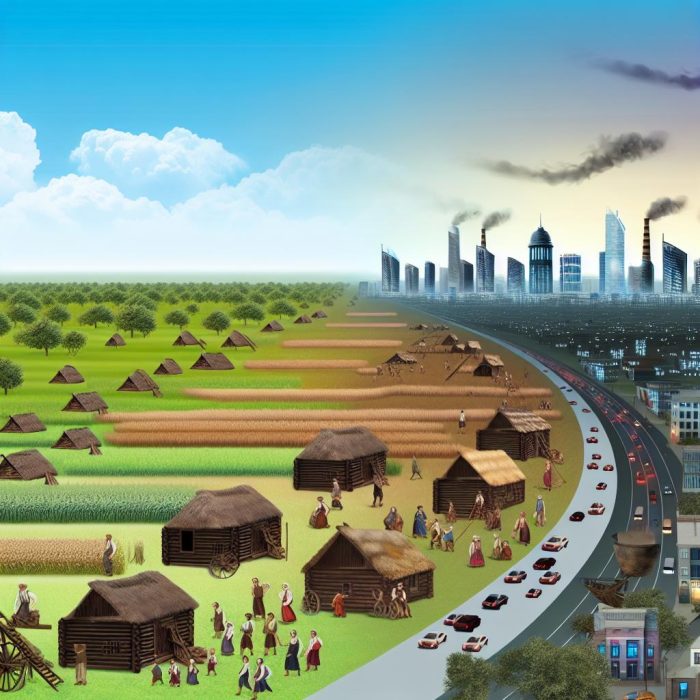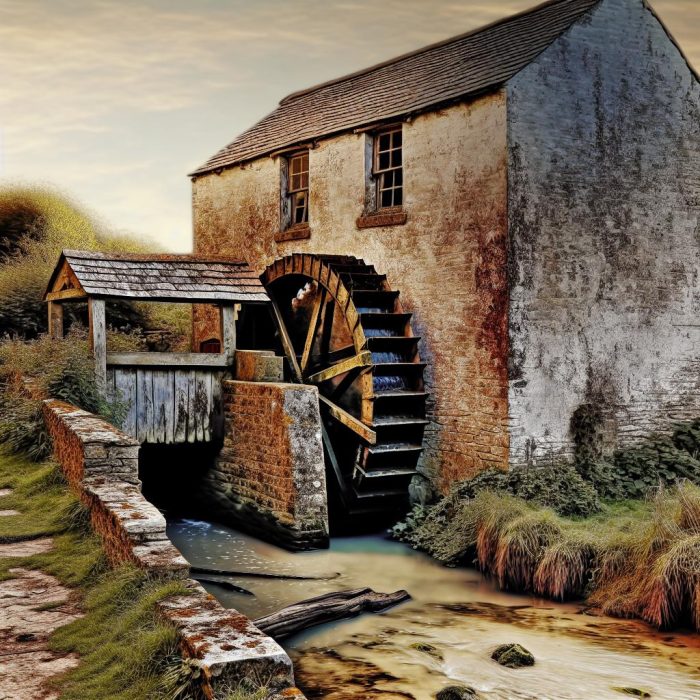The Origins of Windmills
The use of wind power has a remarkably extensive history, tracing back over a millennium. The earliest confirmed appearances of windmills are believed to have emerged in Persia between 500 and 900 AD. These initial windmills were characterized by their vertical-axis configuration and were primarily constructed to grind grain. The basic working principle involved sails that captured the energy of the wind. This energy, in turn, rotated a central shaft that was connected to milling stones, enabling the grinding process.
Advancements in Windmill Design
By the time the 12th century arrived, the concept of windmills had disseminated throughout Europe. In this new environment, the windmills underwent substantial evolution in design. The European adaptation introduced the horizontal-axis model, which displayed greater efficiency in harnessing wind power. These windmills, much like their predecessors, were predominantly utilized for agricultural ends. They were instrumental in milling grains into flour and in the important task of pumping water.
The Dutch played a significant role in refining this design in the 15th century, giving rise to perhaps the most iconic style of windmills known to us today. Dutch windmills became a symbol of efficiency, equipped with improved mechanisms that maximized their energy capture and utility.
Industrial Revolution and New Uses
The dawn of the Industrial Revolution in the 18th century was a pivotal period for windmill technology. As industries expanded, windmills were adapted for a variety of novel functions that extended beyond agriculture. They were employed for sawing wood, grinding diverse materials, and, crucially, pumping water to aid in land drainage. These adaptations illustrated the versatility of windmills, which became integral to both industry and agriculture.
The adaptability of windmills contributed significantly to the efficiency and productivity of these sectors, from enhancing manufacturing processes to optimizing agricultural practices. The period marked a significant point where wind-driven technology played a crucial role in human industry.
The Transition to Wind Turbines
Moving into the late 19th and early 20th centuries, there was a perceptible shift in focus from traditional windmills to wind turbines, which were designed to generate electricity. The pioneering electricity-generating wind turbine was constructed in 1887 in Scotland by Professor James Blyth. This early prototype highlighted the viable potential of wind power extending beyond its traditional boundaries.
While the transition from windmills to wind turbines was gradual initially, the pace increased as the demand for alternative energy sources surged. Wind turbines primarily differ from conventional windmills in their function; instead of mechanical tasks, turbines are engineered to convert the kinetic energy of wind directly into electrical energy. This technological shift was propelled by advances in materials and aerodynamics, facilitating more efficient and reliable energy production.
Modern Wind Power Solutions
In contemporary times, we are witnessing the culmination of centuries of innovation in the form of advanced wind turbines. These colossal structures play a pivotal role in global renewable energy strategies. They have firmly positioned themselves as key players in the energy sector, competing effectively against traditional fossil fuels.
Innovations in several areas, such as turbine efficiency, design, and materials, have allowed wind energy to emerge as a sustainable alternative. With these advancements, wind power not only competes with traditional energy sources but does so while offering environmental benefits.
For those interested in exploring the history and evolution of wind energy technologies, a myriad of resources is available online. Institutions committed to renewable energy research, such as the National Renewable Energy Laboratory, provide valuable insights and information.
The remarkable journey of windmill evolution exemplifies humanity’s capability to harness natural resources creatively and effectively. Transitioning from the basic task of grain milling to the complex role of powering modern cities, wind power technology continues to evolve. It adapts to meet global energy demands, aligning with sustainable development goals, and securing its place as a cornerstone in the quest for renewable energy sources.



